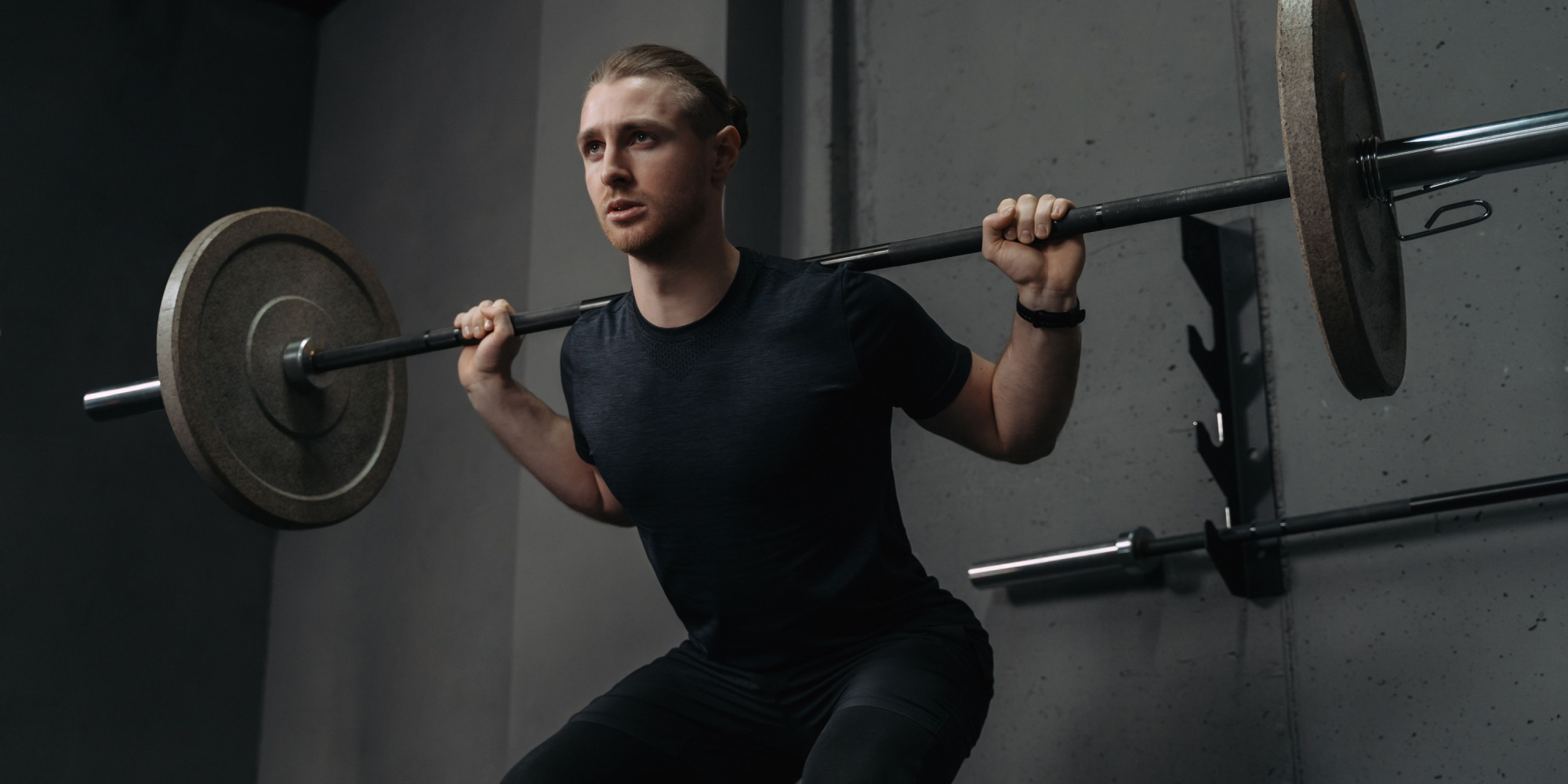The Importance of Squatting in Your Exercise Routine
Jan 20, 2023 mindpumpI’ll say it: squatting is one of the best exercises you can do to build muscle, improve muscular function, and develop strength.
If you want to maximize your workouts and improve your balance, strength, power output, motor unit recruitment, dynamic flexibility, and neuromuscular control, you need to be incorporating squats into your routine.
It’s For (Nearly) Everyone
Unless you have recently suffered an injury, or your physical therapist has recommended you temporarily hold off from them, squats are a functional movement that everyone should be doing. Squats help build strength in the quadriceps, hamstrings, calves, glutes, abdominals, and spinal erectors.
According to the CDC, more than 60% of U.S. adults are not engaging in enough physical activity, while 25% aren’t active at all. We won’t get into why these numbers are staggeringly high, but for someone who IS ready to work out or increase their duration of weekly exercise, they can do so by implementing squats into their routine; it’s a functional movement that generates the most bang for your buck. For someone just getting into squats, equipment isn’t even necessary.
Mastering the basics of the squat is most important, which means there is no pressure to add additional resistance until proper form has been addressed. For this to happen, a proper hip hinge needs to occur, knees should bend without caving in, and weight should be evenly distributed between both feet without favoring the front or back of the feet. The concentration and execution of the squat is a phenomenal feat, and should be celebrated.
Plus, you can use squats in so many ways. You don’t need to throw a barbell on your shoulders to squat; a novice can complete body weight, stability ball wall, or resistance band variations. Whatever you choose, your body will thank you as you make iit stronger and more adaptable.
The Power of Form and Identifying Deficiencies
Adding squats to your exercise routine will teach you a lot about proper form, mechanics, and total body activation; if one variable is off during the squat, you’ll know about it soon enough.
If your knees tend to cave in during the descent, this indicates your hip abductors and external rotators may be lacking in strength. A lack of mobility in the ankles or hip flexors could be the reason why you lean forward during the squat, or if your lower back arches, then enhancing strength in the glutes and hamstrings may need to be a priority to take the pressure off of your back.
Understanding and addressing deficiencies found in the squat can help you become a better lifter, or even just better at moving in general. You can still add squats to your routine while adding complimentary exercises to manage and eliminate the deficits you’re struggling with. Plus, being mindful of how you’re moving through the exercise will only make you more aware of your body and movement patterns.
I recommend following Mind Pump’s How to Squat Like a Pro Guide, which offers tips and pointers on often you should squat, ways to improve the overall movement, and essentially, how to squat like a pro.
Do Them For the Confidence Boost
It’s pretty hard to increase weight on your squats, or do more reps than you previously could before, and NOT feel great about yourself. Not only are squats a major calorie burner because you’re recruiting a high number of muscle fibers, but you may actually just feel and move better than you did before.
There is a mental gain when we start feeling better physically, and squats will help you get there.
Functional exercises like the squat involve a rapid and forceful lengthening and shortening of the muscle-tendon complexes involved in the squat. This means mechanical efficiency, power, strength, and neuromuscular activation improve as well.
Now, why is this important?
Because during everyday activities, your body relies on these standards to not only complete the task, but do so without getting injured. Moving day, where you’re constantly squatting and moving up and down, is a lot easier when the muscles you need to recruit are stronger and more resilient. Plus, that puts less pressure on your joints.







